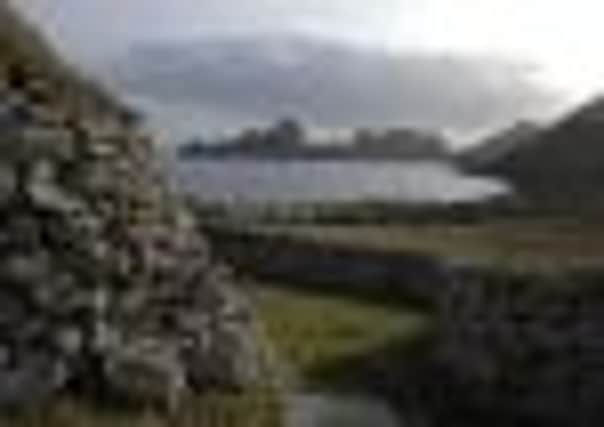St Kilda’s unique wildlife and heritage protected on 82nd anniversary of evacuation


A new management plan for the famous Hebridean islands – the UK’s only natural and
cultural world heritage site – sets out a vision for the next
30 years.
Advertisement
Hide AdAdvertisement
Hide AdSt Kilda is the remotest outpost of the British Isles, lying
41 miles west of the Isle of Benbecula. After thousands of years of human occupation, its remaining population was evacuated to the mainland at their own request in 1930.
Key stakeholders with an
interest in the globally significant islands came together last night to sign up to the new plan.
The signatories were the National Trust for Scotland, owners of St Kilda, Comhairle nan Eilean Siar, the Scottish Government agencies Historic Scotland and Scottish Natural Heritage, and the Ministry of Defence, which maintains a radar station there.
The new plan deals with a range of threats to St Kilda’s unique habitats, including the risks posed by climate change to large seabird colonies,
including important populations of gannets, northern
fulmar, Leach’s storm-petrels and
puffins.
The plan establishes a framework for St Kilda’s long-term management and conservation, with each organisation fulfilling a role in sustaining terrestrial and marine ecologies and cultural artefacts, such as the dry-stone cleits used by the former inhabitants for storing food.
Kate Mavor, the NTS’s chief executive, one of the plan’s signatories, said: “These beautiful and beguiling islands provide habitats for a range of species, including one of the smallest mammals, the St Kilda mouse.
“Protecting the seas around the archipelago is equally important for a rich variety of marine life, which by contrast includes the largest of mammals, such as killer whales, as well as supporting colonies containing almost 5 per cent of all the seabirds in Europe.
“Lichens and flowering plants, some unique, such as the
Advertisement
Hide AdAdvertisement
Hide Adrecently discovered Pankhurst’s dandelion, exist at the absolute limits of tolerance and support feral Soay sheep, living relics of livestock from the Iron Age.
“It is for these reasons that St Kilda is not only treasured by Scotland but by the world and we have a supreme obligation to conserve and protect it for all.”
Malcolm Burr, chief executive of the local authority, said St Kilda was “one of the jewels in our crown”, adding: “St Kilda’s presence on the world heritage list is significant, particularly in terms of its cultural landscape, as it demonstrates worldwide recognition of the value, and the fragility, of the unique patterns of crofting land-use and settlement, which are a part of our island communities to this day.”
St Kilda was bequeathed to the National Trust for Scotland in 1957 and allocated world heritage status by Unesco in 1986 in recognition of its natural heritage and exceptional natural beauty, and for the significant natural habitats that it supports.
In July 2004, this was extended to include the surrounding marine environment and in 2005 recognition was also given to St Kilda’s unique cultural landscape.
The largest island, Hirta, was occupied until 1930 when the last islanders left because their way of life was no longer
sustainable.